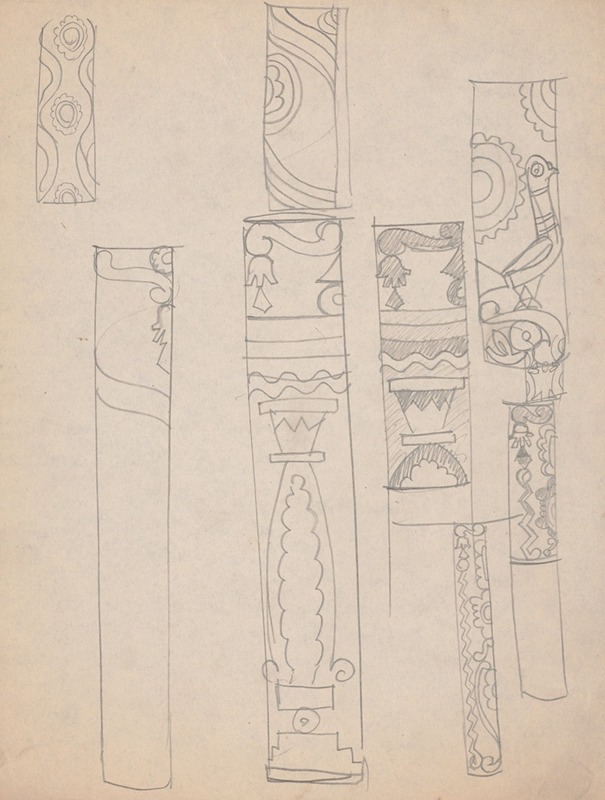
Design sketches for Crillon Restaurant, New York, NY. Details of columns
A hand-painted replica of Winold Reiss’s masterpiece Design sketches for Crillon Restaurant, New York, NY. Details of columns, meticulously crafted by professional artists to capture the true essence of the original. Each piece is created with museum-quality canvas and rare mineral pigments, carefully painted by experienced artists with delicate brushstrokes and rich, layered colors to perfectly recreate the texture of the original artwork. Unlike machine-printed reproductions, this hand-painted version brings the painting to life, infused with the artist’s emotions and skill in every stroke. Whether for personal collection or home decoration, it instantly elevates the artistic atmosphere of any space.
Winold Reiss (1886–1953) was a German-American artist and designer known for his contributions to interior design, murals, and graphic art. Among his notable works are the design sketches for the Crillon Restaurant in New York City, which include detailed renderings of columns and other architectural elements. These sketches exemplify Reiss's distinctive style, which often combined elements of Art Deco with vibrant color palettes and intricate geometric patterns.
The Crillon Restaurant was a high-end dining establishment in New York, and Reiss was commissioned to contribute to its interior design. His work for the restaurant reflects his expertise in creating visually striking and cohesive spaces. The design sketches for the columns, in particular, showcase his attention to detail and his ability to merge functionality with artistic expression. The columns were likely intended to serve as both structural and decorative elements, enhancing the overall ambiance of the restaurant.
Reiss's approach to design was heavily influenced by his background in fine arts and his exposure to various cultural motifs. He was known for incorporating diverse artistic traditions into his work, and his designs often featured bold colors, dynamic patterns, and a sense of modernity. The sketches for the Crillon Restaurant are consistent with these characteristics, highlighting his ability to adapt his artistic vision to the specific needs of a commercial space.
While the Crillon Restaurant itself no longer exists, Reiss's contributions to its design remain an important example of his work in interior design. His sketches are preserved as part of his artistic legacy and continue to be studied for their historical and aesthetic significance. These works provide insight into the design trends of the early 20th century and Reiss's role in shaping the visual culture of the time.
Winold Reiss's impact on American art and design extends beyond his work for the Crillon Restaurant. He is also remembered for his portraits, murals, and contributions to public spaces, including his iconic designs for the Cincinnati Union Terminal. His ability to blend artistic innovation with practical design solutions has solidified his reputation as a pioneering figure in the field of decorative arts.





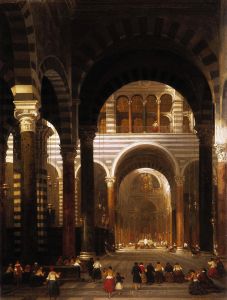
![Portico of the Temple of Kalabshi [Kalâbishah].](/imgs/217528/s/david-roberts-portico-of-the-temple-of-kalabshi-kalabishah-3a295995.jpg)
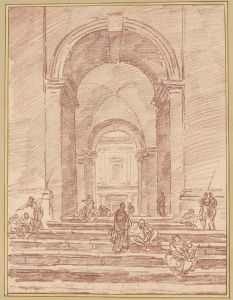
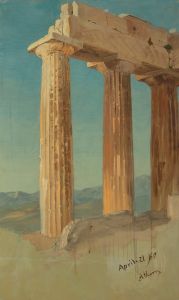
![Design for Longchamps Restaurant, 79th St., New York, NY.] [Proposed treatment for front of restaurant](/imgs/249289/s/winold-reiss-design-for-longchamps-restaurant-79th-st-new-york-ny-proposed-treatment-for-front-of-restaurant-83a4c86c.jpg)
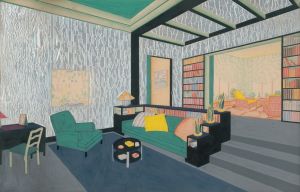
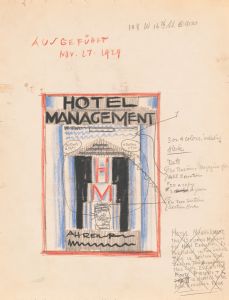
![Designs for unidentified restaurant interior, possibly Elysée restaurant, 1 East 56th St., New York, NY.] [Drawing of restaurant interior elevations](/imgs/249334/s/winold-reiss-designs-for-unidentified-restaurant-interior-possibly-elysee-restaurant-1-east-56th-st-new-york-ny-drawing-of-restaurant-interior-elevations-192740b5.jpg)
![Drawings for proposed redecorations of Yorketowne Coffee Shop, Job #238, York, PA.] [Drawing #6, interior plans for tables, counters, benches](/imgs/249341/s/winold-reiss-drawings-for-proposed-redecorations-of-yorketowne-coffee-shop-job-238-york-pa-drawing-6-interior-plans-for-tables-counters-benches-c6e96b9c.jpg)
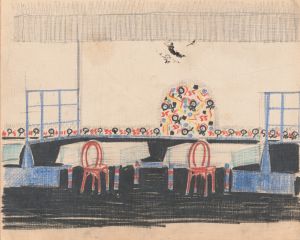
![Interior perspective studies for Restaurant Crillon, 15 East 48th Street, New York, NY.] [Interior perspective study](/imgs/249376/s/winold-reiss-interior-perspective-studies-for-restaurant-crillon-15-east-48th-street-new-york-ny-interior-perspective-study-237ead1d.jpg)
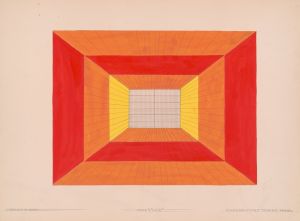
![Design sketches for Hotel Alamac, 71st and Broadway, New York, NY.] [Sketch for Medieval Grill Murals](/imgs/249415/s/winold-reiss-design-sketches-for-hotel-alamac-71st-and-broadway-new-york-ny-sketch-for-medieval-grill-murals-6dec3039.jpg)
![Suggested treatments of Auditorium for Theatre and Concert Hall, New York World’s Fair 1939.] [Sketch for Scheme A](/imgs/249447/s/winold-reiss-suggested-treatments-of-auditorium-for-theatre-and-concert-hall-new-york-worlds-fair-1939-sketch-for-scheme-a-32d2e6d7.jpg)